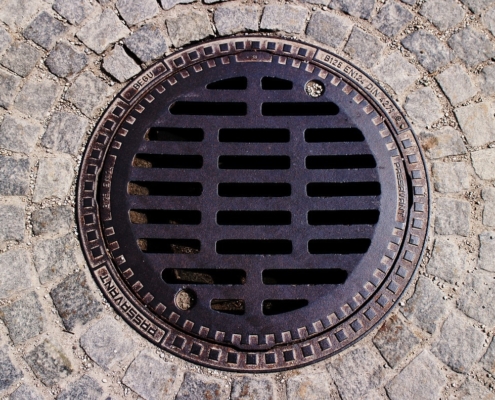Filtration with activated carbon
Activated carbon is used in many areas. This also applies to the filtration of various substances not only in the commercial sector but also at home in your own home. The main purpose of activated carbon filtration is to filter toxic chemicals from liquids or gases. Likewise, substances such as heavy metals or dust are filtered out. The use of activated carbon in filters is very diverse, read here in which areas activated carbon filters are used at all.
Activated carbon, what is it?
Activated carbon is often referred to as medicinal charcoal, as it is not only used in filters, but also in many other areas. She is well known especially in the medical field of gastrointestinal disorders. This coal is a long-grain and porous carbon which has a large internal surface area and therefore can be used as an absorbent in many fields. Thus, the activated carbon is mainly used in medicine, chemistry, air conditioning and ventilation technology, wastewater treatment and drinking water treatment and is therefore very versatile. The coal is made from mineral, petrochemical, animal and vegetable substances. So nut shell, wood, peat, various plastics or brown and hard coal can serve as a material for combustion. Animal charcoal, on the other hand, consists of bone or blood.
Applications of activated carbon in filters for the purification of air and gases
Activated carbon plays an important role in the tobacco industry, as it is mainly used in cigarette or pipe filters and also in cigarillos. The porous small pieces of coal carry the soaked smoke through a labyrinth, so that a large part of the harmful nicotine is filtered out here and gets stuck in the activated carbon. The taste of the tobacco is thereby only slightly affected. Likewise, the filtration with activated carbon also takes place in water pipes, so that the smoke loses the pollutants. Also respirators are usually equipped with activated carbon filters. So dangerous substances from smoke, gases or air do not get into the respiratory tract.













